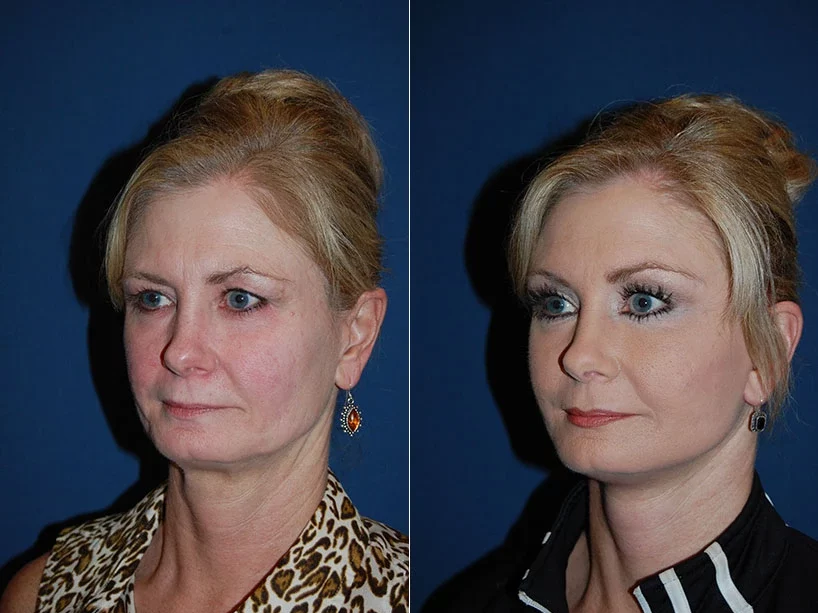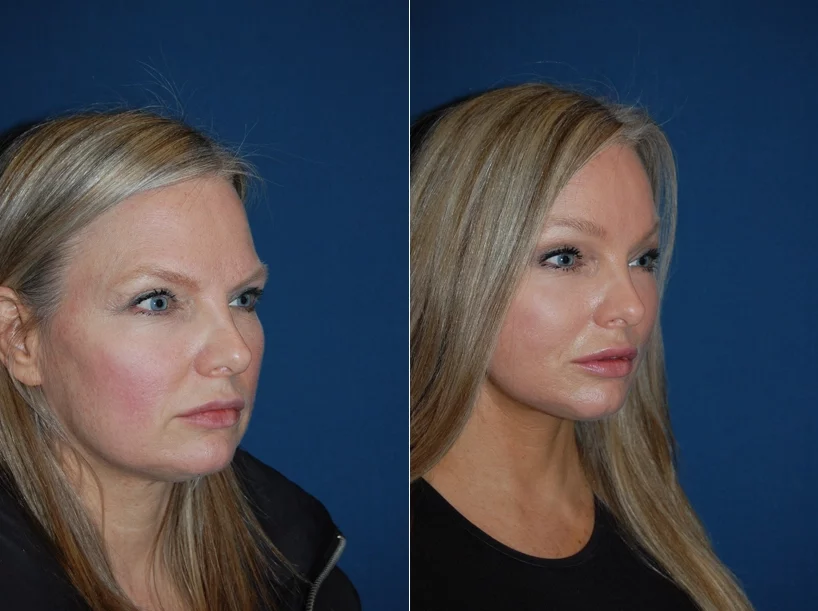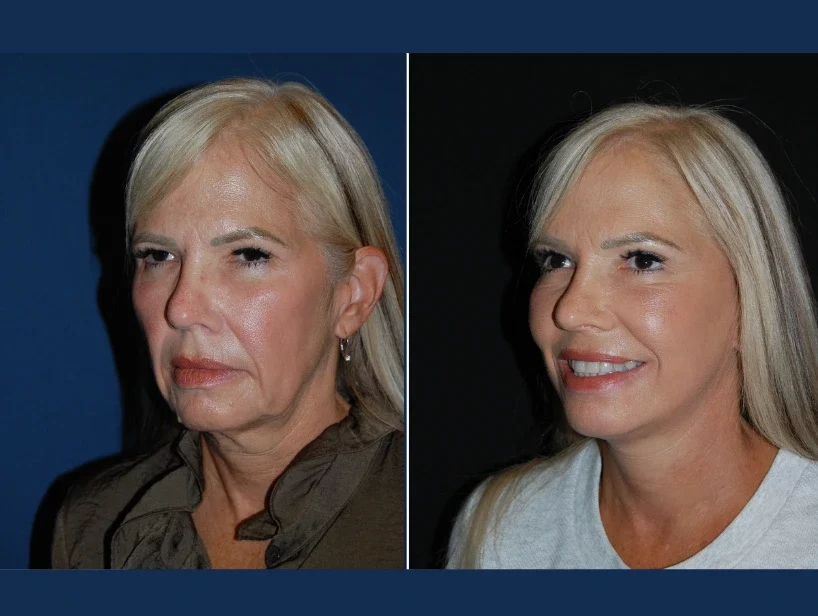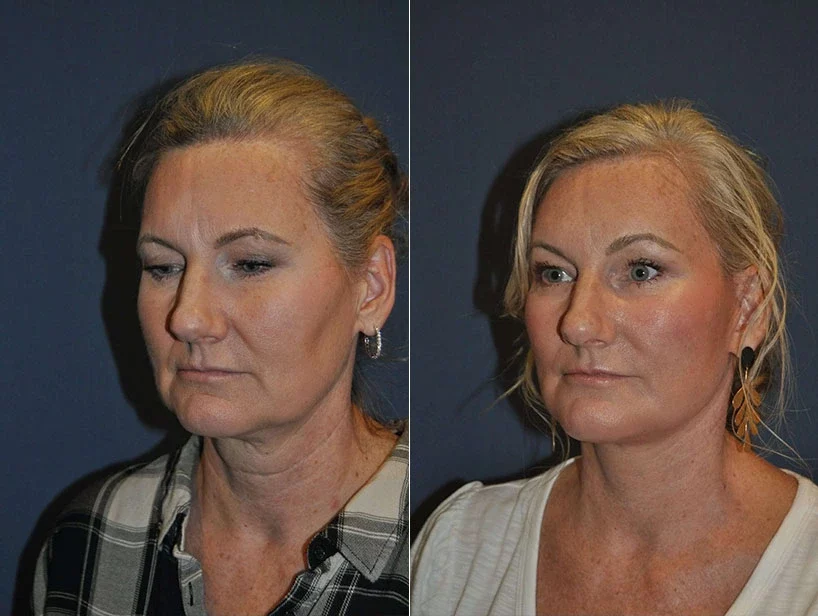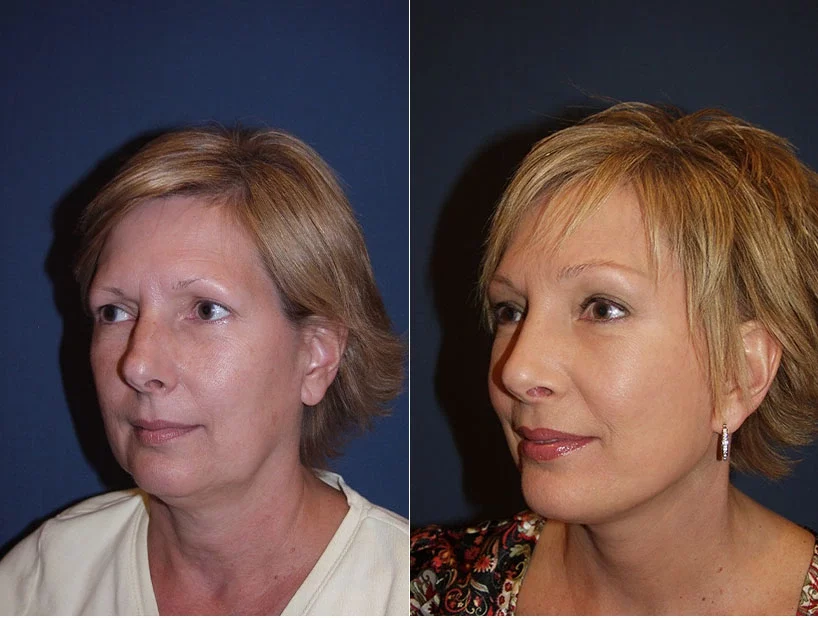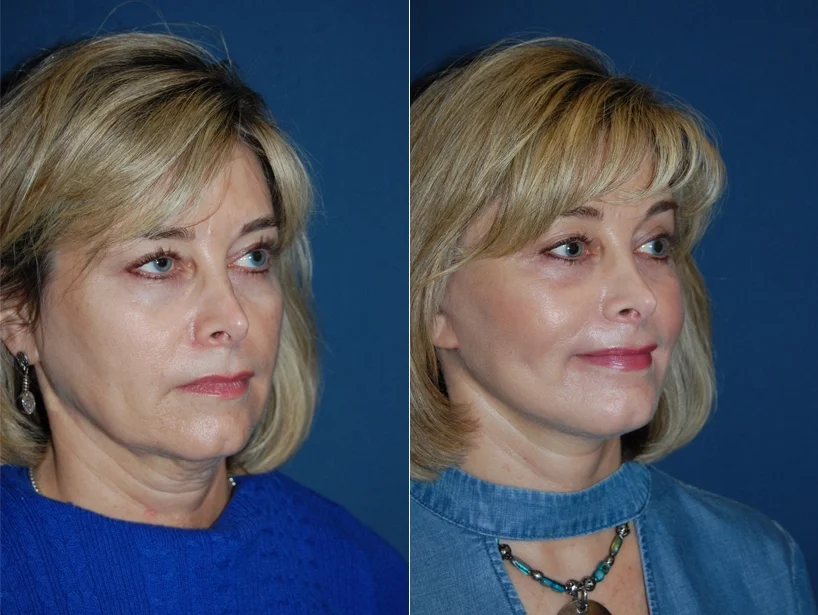How Long Do Ears Stay Numb After Facelift?
After a facelift, it is entirely normal for the ears to remain numb for several weeks to several months. Most patients experience reduced sensation for 2 to 6 months, although in some cases, mild numbness can persist for up to a year. The duration varies by individual, the specific facelift technique used, and the body’s natural healing response. Understanding this timeline can help you set realistic expectations and support a smooth recovery.

Home » How Long Do Ears Stay Numb After Facelift?
Why Does Ear Numbness Happen After a Facelift?
Ear numbness after a facelift is a common side effect, primarily due to the way facial nerves are positioned. During a facelift, incisions are typically made around the ears to access and reposition underlying tissues. This process can stretch or temporarily disrupt the small sensory nerves that supply feeling to the skin around the ears. Because these nerves are delicate and close to the operative field, some degree of numbness is almost inevitable.
Nerves heal slowly. Even when not cut, manipulation or stretching of these nerves can interrupt their normal function. This is why, even with the most advanced and minimally invasive procedures, temporary changes in sensation are expected.Nerve Regeneration After a Facelift Surgery
If you’re wondering how long ears stay numb after a facelift, the answer is that most patients notice numbness for 2 to 6 months after surgery. Here’s a more detailed breakdown of what you can expect:
First Few Weeks: Numbness and tingling are most pronounced immediately after surgery. The skin near and behind the ears may feel entirely insensitive to touch.
2–3 Months: Sensation typically begins to return gradually. Some areas may feel “tingly” or “pins and needles” as nerves regenerate.
6 Months: By this point, most patients have recovered most or all normal sensation, but some may still experience mild numbness or altered sensitivity.
Up to 12 Months: In rare cases, minor residual numbness can persist for up to a year or longer, especially if the nerves were more severely affected.
Individual healing rates vary. Factors like age, overall health, and the surgical approach can all play a role.
Areas That May Become Numb After a Face Lift
Ear Lobes
It’s common for patients to notice that numbness occurs in the earlobes after a facelift. Since incisions are often made close to or around this area, the small sensory nerves that provide feeling to the lobes may be stretched or disrupted during the procedure. This temporary loss of sensation usually improves as the nerves heal over time.
The Skin Behind the Ear
The skin receptors located behind the ear are particularly vulnerable to disruption during a facelift surgery. This area is a frequent site for incisions, and the manipulation of underlying tissues can disturb the tiny nerves responsible for sensation. As a result, patients often report numbness or reduced feeling in this region in the weeks and months after surgery.
The Skin in Front of the Ear
The great auricular nerve, a key sensory nerve in the face and neck, runs just beneath the skin in front of the ear. During a facelift, this nerve can be stretched or affected, leading to numbness in the surrounding area. Although this is usually temporary, recovery depends on the extent to which the nerve was impacted during the surgical process.
Parts of the Outer Ear (Auricle)
The numb areas of the outer ear, also known as the auricle, may include the upper rim or central parts of the ear’s cartilage. While the auricle isn’t typically the primary focus of a facelift, it may still be affected by surgical manipulation or swelling in nearby tissues, resulting in localized numbness during the early recovery period.
What to Expect: Numbness and Tingling Over Time
It’s helpful to know that the recovery of sensation is often uneven. Some areas may regain feeling faster than others. Here’s what you might notice as nerves heal:
Tingling or “Electric” Sensations: As nerves regenerate, you may experience tingling, itching, or “zapping” feelings. This is a sign of healing.
Patchy Sensation: Some skin patches may regain feeling sooner, while others remain numb for longer.
Sensitivity Changes: The skin around the ears may feel hypersensitive before returning to normal.
If you have concerns about the longevity of numbness or notice any unusual sensations, your surgeon can help you distinguish normal healing from issues that may require attention.
Managing Numb Ears During Facelift Recovery
While numbness itself is not harmful, it can feel strange and sometimes uncomfortable. Here are some ways to manage this sensation during your recovery:
Protect the Area: Since numb skin is vulnerable to accidental injury, take care to avoid scratching or exposing your ears to extreme temperatures.
Gentle Massage: Once cleared by your surgeon, a light massage around the ears can promote circulation and support nerve healing.
Stay Hydrated and Nourished: Proper nutrition supports overall tissue recovery, including nerve regeneration.
Avoid Pressure: Be mindful of activities that put pressure on your ears, such as sleeping on your side or wearing tight headbands.
Will All Nerve Damage Disappear After the Healing Process?
Postoperative facial numbness is a common concern after a facelift. However, in most cases, it typically improves over time. During the recovery process, the nerves begin to heal, and full sensation gradually returns. For many patients, normal feeling comes back within a few months, especially in areas where numbness occurs due to temporary stretching or irritation of the nerves.
However, generally speaking, some mild changes in sensation may persist longer, depending on individual healing factors. In rare instances, if the nerves were more significantly impacted, some areas may retain slight numbness or altered sensitivity. Other factors, such as poor circulation or ongoing inflammation, can also impede nerve recovery.
It’s essential to report any unexpected or worsening numbness to your surgeon, as this could indicate a complication or require further evaluation. While most patients recover well, every case is unique, and close monitoring helps ensure the best outcome.
When Should You Be Concerned?
While ear numbness is common and expected, certain symptoms should prompt a call to your surgeon:
Painful Numbness: Numbness combined with significant pain is not typical and should be evaluated.
Progressive Numbness: If numbness is spreading or worsening rather than improving, notify your surgeon.
Signs of Infection: Redness, swelling, warmth, or discharge near the ears should be reported.
Lack of Improvement: If there is no return of sensation at all after several months, your surgeon may want to assess for rare nerve issues.
How to Prevent or Minimize Ear Numbness
Complete prevention of numbness isn’t possible due to the anatomy involved in facelift surgery, but certain strategies can help minimize its duration and severity:
Choose an Experienced Surgeon: The skill and experience of your surgeon, such as Dr. Sean Freeman, can make a significant difference in how nerves are handled during the procedure.
Follow All Aftercare Instructions: Proper wound care and activity restrictions support optimal healing.
Avoid Smoking and Alcohol: These can impair blood flow and slow nerve recovery.
Attend All Follow-Up Appointments: Regular check-ins enable your surgeon to monitor your healing and address any concerns promptly.
For some patients, combining facelift techniques with other facial procedures, such as a neck lift or brow lift, may impact the healing timeline, making individualized care crucial.
Are the Results of a Facelift Permanent?
Why Should You Choose a Board-Certified Surgeon to Remove Excess Skin From the Face
Dr. Sean Freeman
JULY 31, 2025
Conclusion

Why Expertise Matters in Deep Plane Facelifts
The deep plane facelift is a more advanced technique but also more demanding. It works beneath the surface to lift and reposition the deeper facial layers, delivering longer-lasting, more natural results.
Dr. Sean Freeman has been performing deep plane facelifts for over 20 years, long before it became the media’s favorite buzzword. His depth of experience means each procedure is done with precision, safety, and aesthetic sensitivity refining natural features, not distorting them.
In facial plastic surgery, the technique matters but the surgeon matters more.
